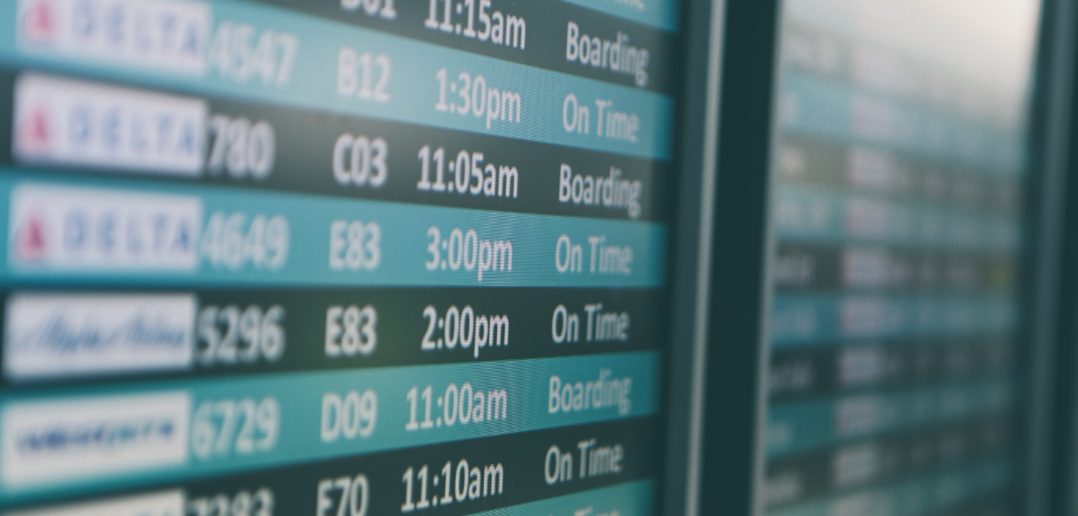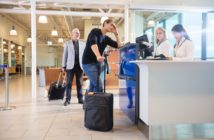It’s part and parcel of modern travel. You’ve already set off for your flight to get the dreaded text message stating your flight is delayed, by x minutes and the time just appears to increase. There’s little you can do apart from make your way to the airport, but it’s not the ideal start to your vacation.
By the time you’ve boarded the flight, texting your friends and family on the other side that you are likely delayed, the pilot blares over the tannoy advising they will do everything in their power to get you there on time. Lo and behold when the wheels touch down at your destination and you check your watch or open your smartphone, you’ve landed on time, or even several minutes early! How on earth did this happen? Did the pilot really put the pedal to the metal to get you there as suggested?
This is all rather unlikely as research has suggested that there is little a pilot can do to shave any time off a journey as the route, speed, fuel and other elements are carefully planned and plotted in advance to make sure costs are kept to a minimum.
Consumer research group Which? recently ran some research on flight times over the past ten years or so and found that, compared to 2008, many flights including New York – Singapore, London to Bangkok or Paris to Berlin, all have longer scheduled flight times. This also included regional European flights by Ryanair, EasyJet and many of the big carriers as well. In ten years, most of us would expect aviation technology to progress in order to make flights faster and more efficient right? What are the airlines doing with the schedules to add time to our journey?
Airlines are accounting for delays, flight control issues, incoming plane problems when we fly. Truth is, most of us don’t realise all the work that goes on behind the scenes to make more and more planes run on time and on schedule and one hitch, whatever the reason, will have a knock-on effect through the day and, sometimes, to the next day for international flights. What airlines have done is to adjust times to allow for delays, thus preventing angering passengers, and more importantly preventing themselves from being sued for compensation. In Europe, if we are delayed by three or more hours it means the airlines have to pay out huge costs to accommodate for issues which are often out of their direct control.
What you might find in 2018 is that your airline has added an extra 20 minutes to the flight time to take in to account air traffic control delays. Which found that out of 76 routes, 61% were slower. In one example, a Virgin Atlantic flight from Heathrow to New York’s Newark airport now takes an average of 35 minutes longer than 10 years ago.
Of course, money aside, there’s another reason for airlines to pad our the length of our flight times. It looks good if they meet their targets for getting you to your destination on time and the flyer is happy if their flight to Italy is quoted at 2 hours and the airline meets this expectation. The fact it took just over 1.5 hours ten years ago is now overlooked by most people.
To be fair, delays are not always the fault of the airline and it’s become a modern day expectation that they now owe us dinner, a taxi and often money on top, simply as they didn’t get us to our destination on time!




